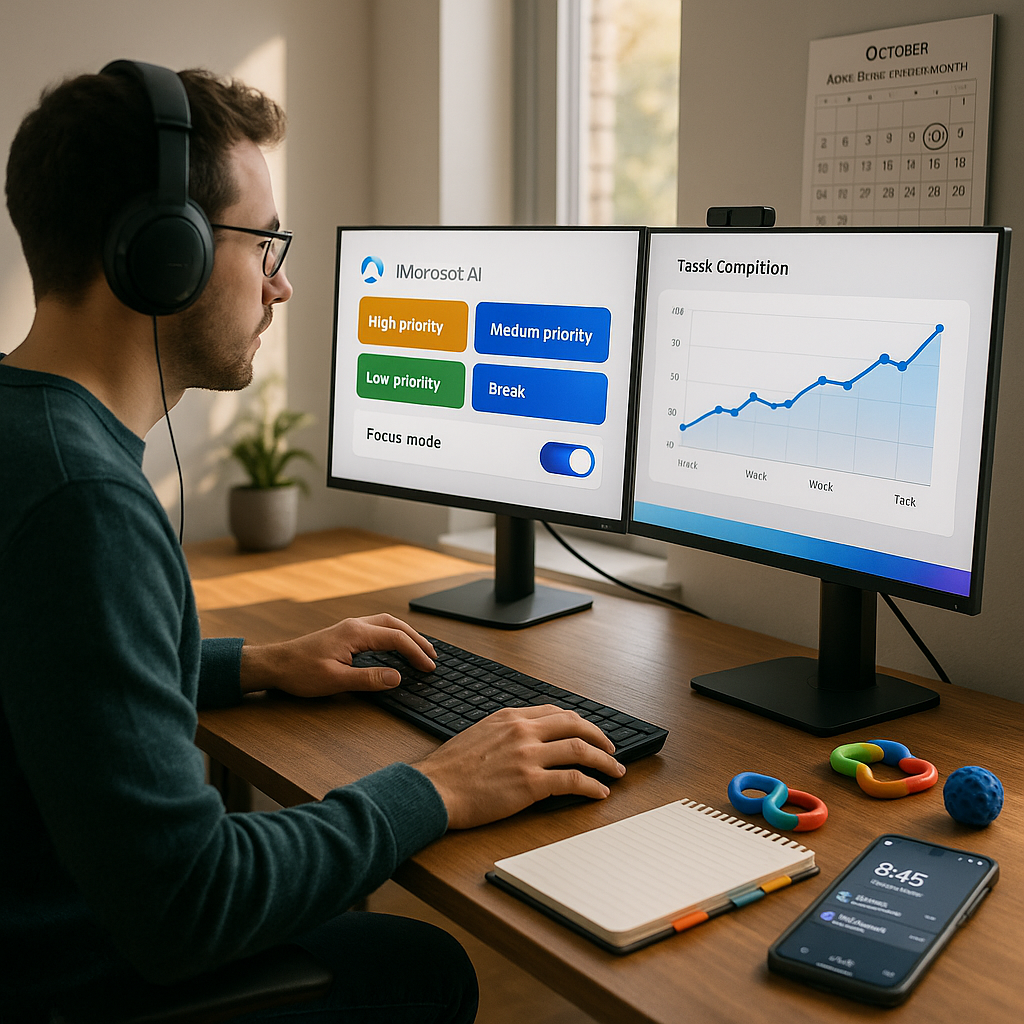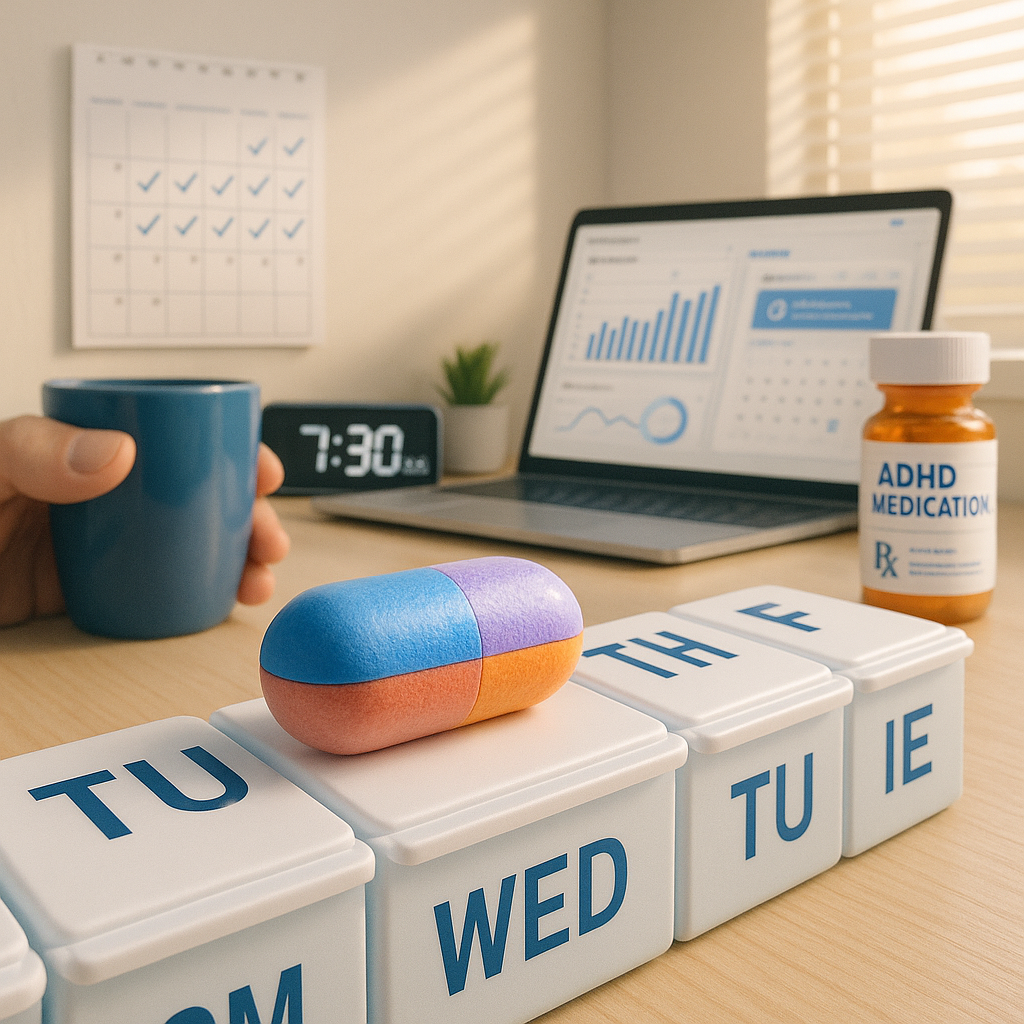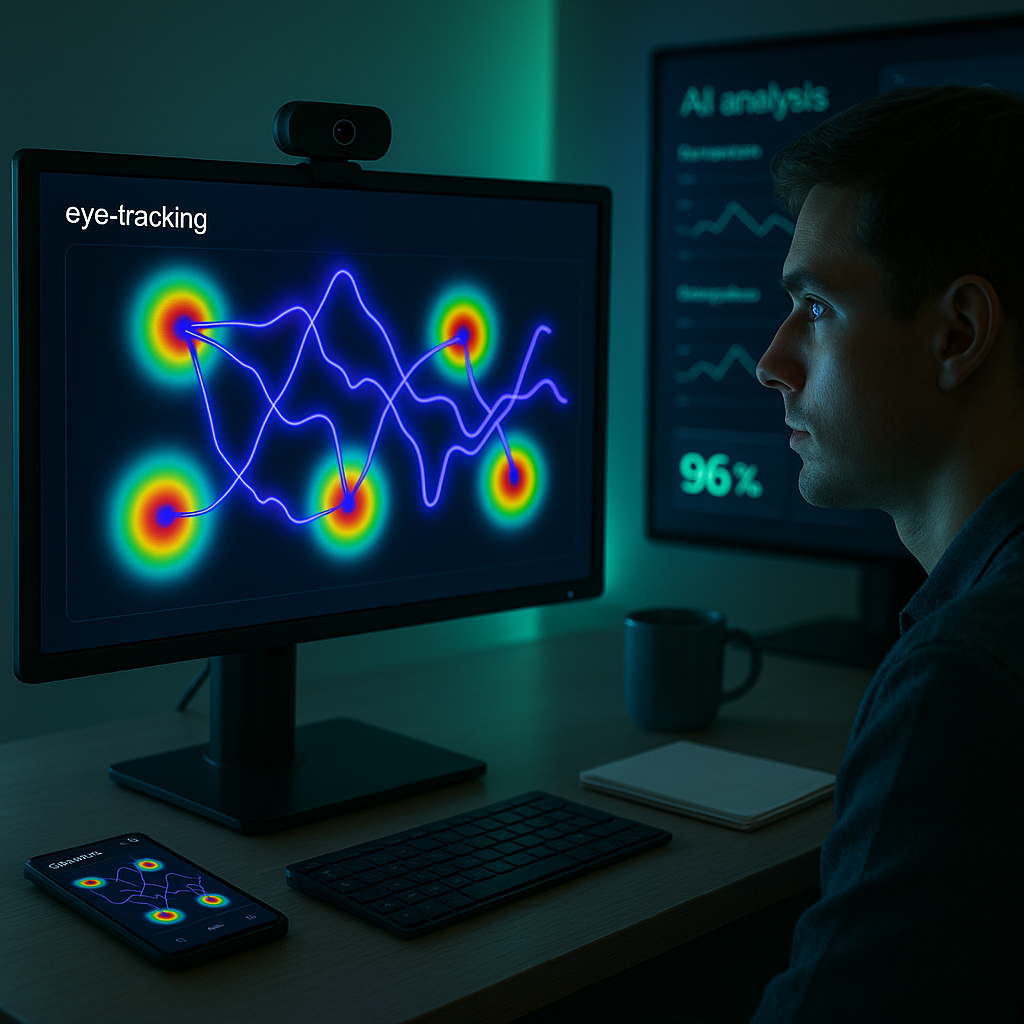Key Takeaways
- Wider recognition of adult ADHD is reshaping public awareness. Diagnoses are rising as understanding moves beyond childhood stereotypes.
- Adult ADHD diagnoses are increasing as the focus expands past childhood and traditional preconceptions.
- AI tools are now designed specifically for the productivity needs of neurodivergent individuals.
- Many preschoolers with ADHD are prescribed medication before behavioral approaches are introduced.
- October is ADHD Empowerment Month, highlighting efforts to promote acceptance and inclusion.
- Emerging technology is reframing productivity as a personalized, neurodivergent-friendly process.
Introduction
Adult ADHD diagnoses are increasing as the public gains awareness beyond traditional childhood stereotypes. On October 2, 2025, this Press Review analyzes how newfound attention to ADHD neurodivergence in 2025 intersects with evolving technological support such as AI-driven productivity tools. These shifts are influencing treatment, daily life, and broader advocacy efforts.
Top Story: Adult ADHD Diagnoses Hit Record Levels
New Diagnostic Patterns
Adult ADHD diagnoses have risen by 43 percent in 2025 compared to the previous year, based on data from the National Health Statistics Center. This increase reflects both improved diagnostic criteria and greater recognition of ADHD in adults.
Remote work has contributed to higher diagnosis rates, as professionals seek ways to manage executive function challenges in digital environments. Dr. Sarah Chen, director of the National ADHD Research Institute, stated that changes in workplace settings have made symptoms more apparent to many adults.
Healthcare providers report that 65 percent of new adult diagnoses are in individuals aged 25 to 40, with women making up a substantial share of first-time cases. The current trend points to longstanding underdiagnosis in specific demographic groups.
Also Today: Technology and Support
AI Tools Reshape ADHD Management
Microsoft introduced a productivity suite specifically designed for neurodivergent users, incorporating AI features tailored to ADHD work styles. The platform offers dynamic task prioritization and context-aware focus modes.
Early adoption data indicates a 28 percent improvement in task completion rates among users with ADHD. Integration with existing workplace tools has helped accelerate the rollout in large organizations.
Treatment Evolution
Combined therapy approaches are gaining prominence as primary protocols, according to the latest Clinical Practice Guidelines. These updated recommendations highlight the importance of individualized medication schedules combined with targeted behavioral strategies.
Research published in the Journal of Neurodiversity shows that 72 percent of adults with ADHD respond more effectively to hybrid treatment models. Healthcare providers have begun to put these protocols into practice across major treatment centers.
What to Watch: Key Dates and Events
- October 15: National ADHD Productivity Summit virtual conference
- October 20: Google Workspace releases new neurodivergent features
- October 22 to 24: International ADHD Conference in Boston
- October 25: Microsoft Neural Productivity Tools webinar series begins
- October 30: CDC Adult ADHD Statistics 2025 full report release
Conclusion
The sharp rise in adult ADHD diagnoses during 2025 highlights an evolving understanding of neurodivergence and growing demand for tailored support. Technology leaders are rolling out productivity tools specifically for ADHD work environments, while providers are updating treatment protocols to reflect the latest research. The coming weeks bring important events, including the National ADHD Productivity Summit, technology launches, and the release of the CDC Adult ADHD Statistics 2025 report. These are set to inform ongoing developments in the field.





Leave a Reply